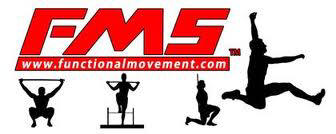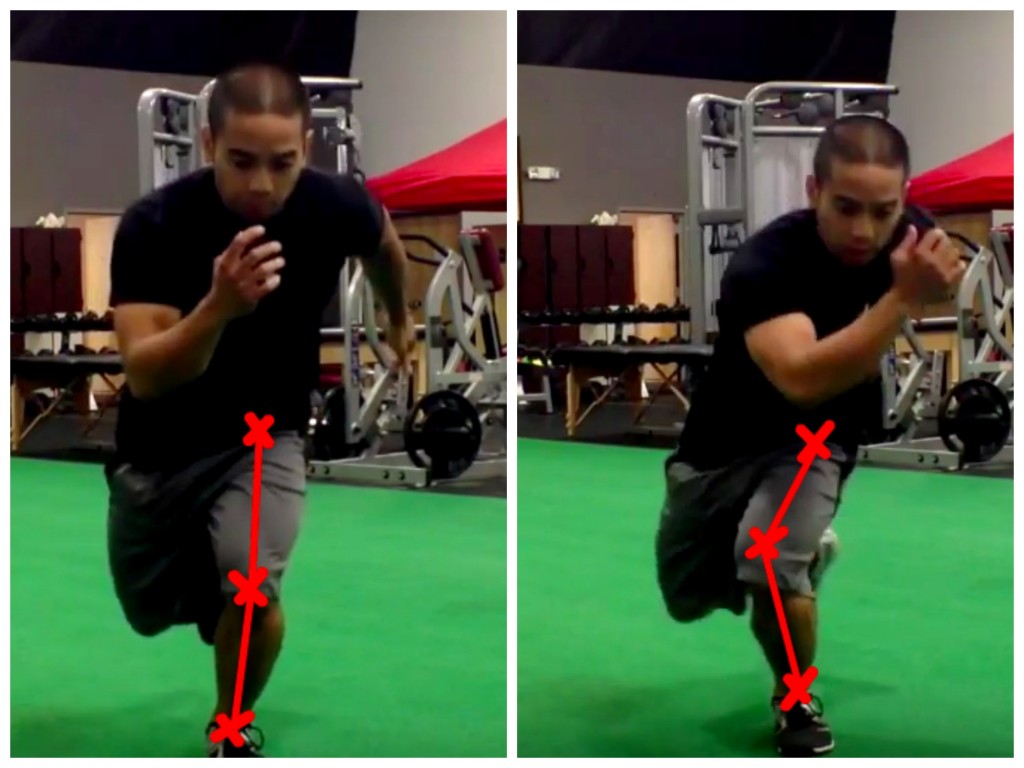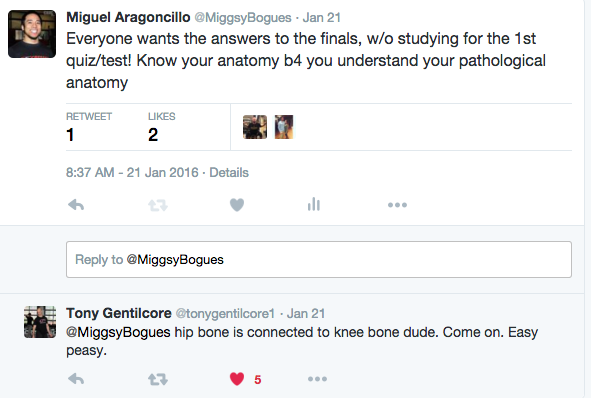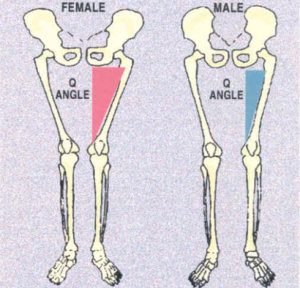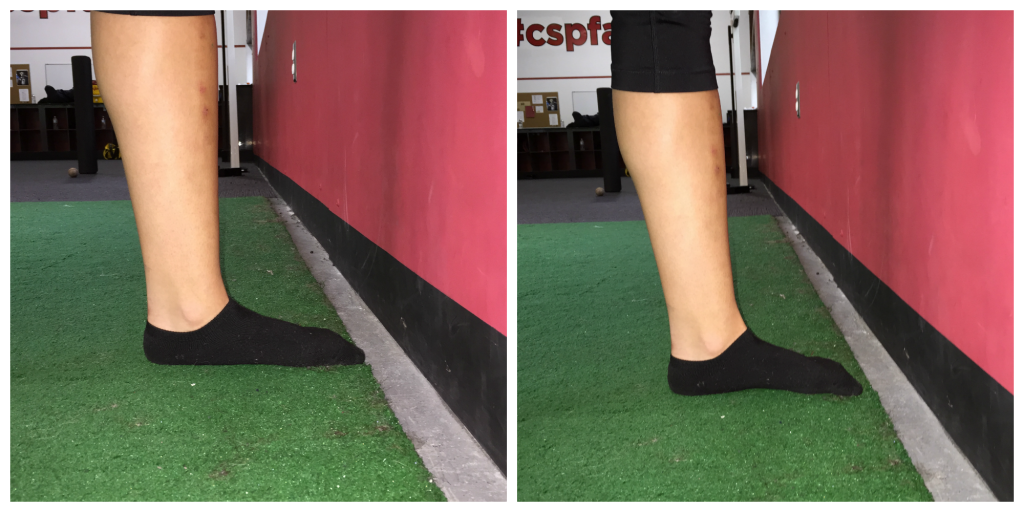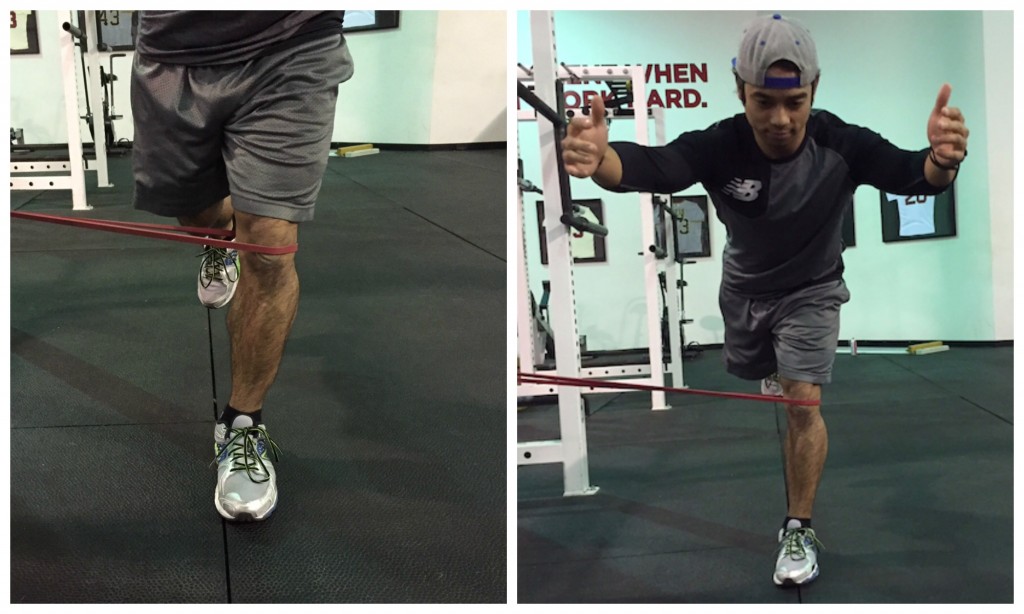There are tons of ways to improve explosiveness and athleticism. One of the coveted ideas for achieving athleticism involves “triple extension” – extension of the hips, knees, and ankles in a very rapid manner.
Since there are a plethora of exercises can help develop the quality of explosiveness and power, many may throw the baby out with the bath water, instead of identifying the goals of the individual. With this in mind, it is always important to keep in mind these things:
- Does this person have the requisite joint position to get into the desired position?
- Does this person have a pre-existing context for which this movement can be taught?
- Does this person have any soft tissue structures that can be limiting them from moving well?
- Does this person have any pre-existing anxieties about the movement?
After identifying these items, quickly move on to the fitness side of things, and try this exercise combination out!
Let’s Talk Power
The DB Snatch is a great exercise aimed at improving triple extension in a unilateral fashion. In this exercise you can achieve a lot of great power qualities, on top of improving your ability to stabilize a weight overhead, something not many people can do effectively (simply because they are uninitiated with how to do so).
When performing the 1-Arm DB Snatch, make sure to keep these external cues in mind!
Coaching Cues
- Throw the weight to the ceiling.
- Snap your arm like a whip/rope.
- Head goes to the ceiling.
It is common to be unfamiliar with the movements of the DB Snatch, so make sure to keep these “phases” in mind.
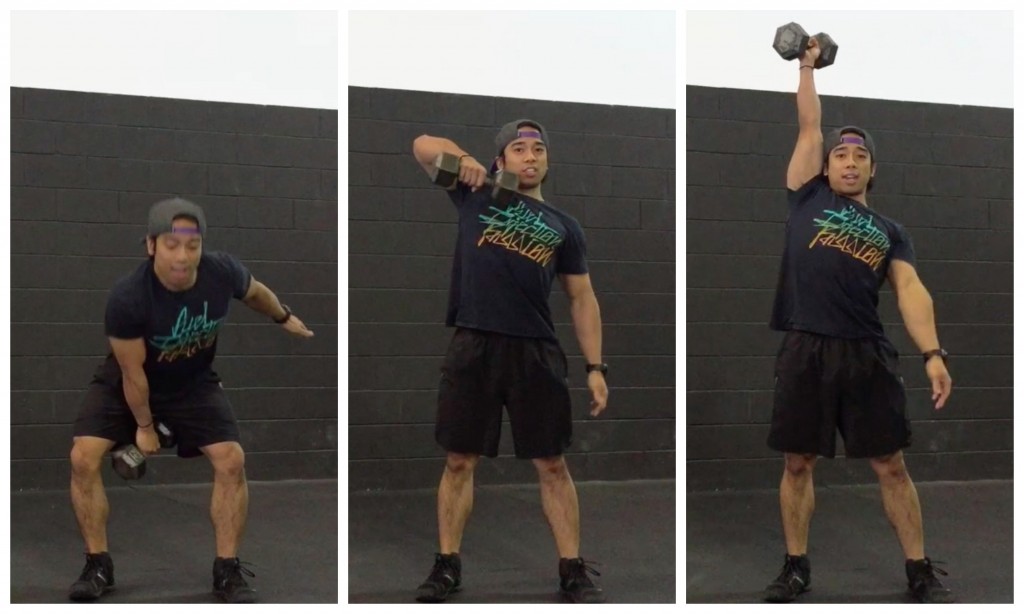
However, sometimes individuals do not have the initial ability to bring their arms overhead – they may need better control on how their humerus moves in conjunction with how their scapulae move on their ribcage…
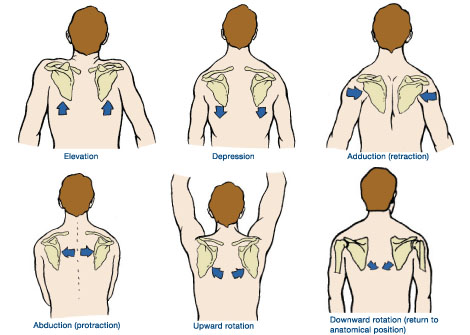
… on top of relaxing their neck muscles!
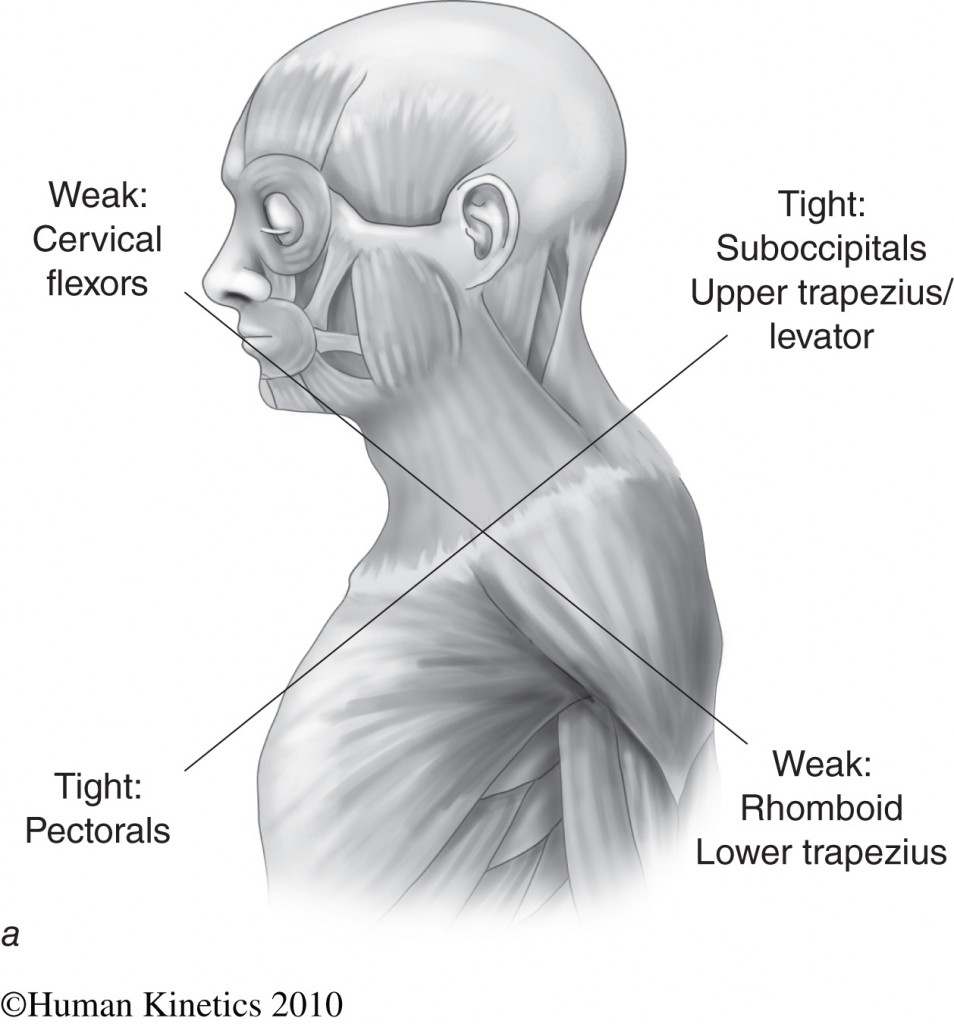
The Shoulder Joint is Connected to the…?
By improving shoulder and scapular stabilizers, you are better likely to improve upon your neck motion. The reasoning for this is because you are now improving how your shoulder feels, instead of often “shrugging” or using compensatory patterns that involves your head/neck to take the brunt of the workload.
By performing the next exercise in this combination, the Supine Band Resisted PNF Diagonals, you are better able to keep reinforce these qualities:
- Reintegrates anterior core stabilizers (IOs, EOs as you exhale)
- Reintegrates anterior neck (SCMs as you rotate neck)
- Improve scapular control (as you hold band in position)
Practical Programming
Ideally, you can super set these movements back and forth. If you’re in a supine position for the band pullaparts, you are in the easiest progression their is – which isn’t a bad thing. Sometimes you need to relax in order to move fast. No one just stays “tight” in order to develop athleticism – you need to move quick, and also relax in order to develop that “whip” like feeling.
So with this in mind, let’s combine these movements in a pairing.
A1. 1-Arm DB Snatch – 3×4/side
A2. Supine Band Resisted PNF Diagonals – 3×8-10/side
One thing to keep in mind is that power development can be justified as being used in the 3 to 6 rep range. As long as force development is the main goal, adequate rest is improved upon, and technique is on point, utilizing the DB Snatch is a great choice of an exercise!
With respect to the band pullaparts, I view these items as simply improving upon the various functions of the scapula and shoulder motion. That is, when you go down by your side, you are performing shoulder extension and scapular retraction/depression. When you bring your other arm up, you are working on shoulder flexion, and scapular upward rotation.
Also, if I am moving my neck after locking my shoulders into position, I am forcing my neck to turn on my SCMs, which help with rotary motion with the neck, something that I is often an issue with our athletes and even everyday folk.
With these things in mind, it is easy to see how you can integrate a great power development exercise, while still respecting the need for your overhead mobility and stability!
As always,
Keep it funky.




